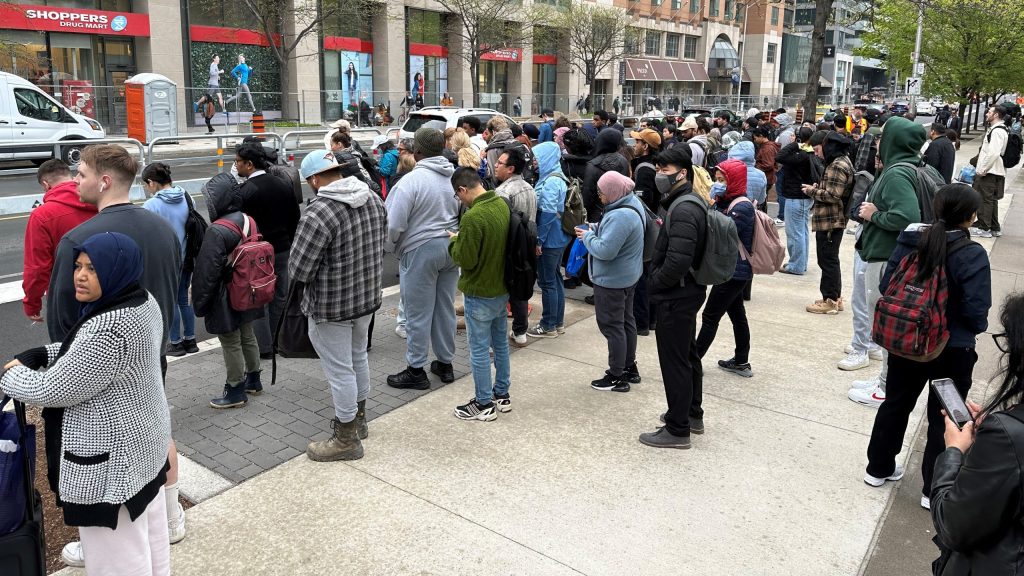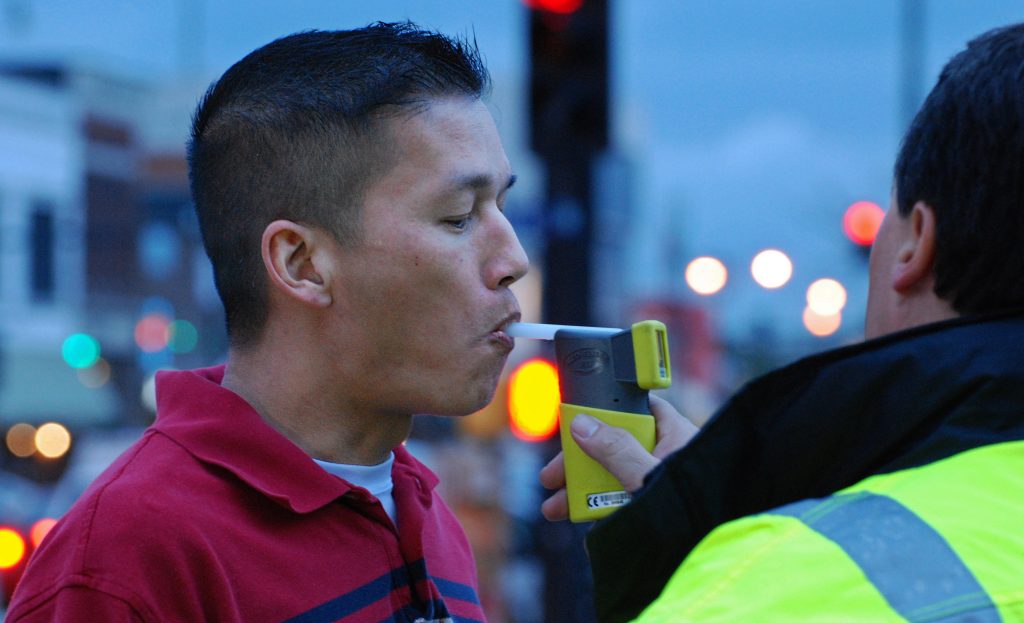List Of Banned Pesticides Made Public
Posted March 4, 2009 12:00 pm.
This article is more than 5 years old.
The Ontario government has unveiled which chemicals you can and can’t use on your own front lawn.
Stores wouldn’t be allowed to sell the banned pesticides, or could only sell them with restrictions, once the bill comes into effect April 22.
The full list of products – and ingredients – includes many popular weed killers like 2,4-D.
According to the Ministry of the Environment, the ban prohibits the sale and use of pesticides for cosmetic purposes on lawns, gardens, parks and school yards, and includes many herbicides, fungicides and insecticides. Over 250 products will be banned for sale and more than 95 pesticide ingredients will be banned for cosmetic uses.
The regulation comes on the heels of the Cosmetic Pesticides Ban Act that was passed by the legislature June 18, 2008.
The ban makes exceptions for agriculture, forestry and golf courses, and for public health or safety issues. For example, you’ll be allowed to get rid of poison ivy as well as mosquitoes. The law supersedes existing municipal pesticide by-laws.
The legislation stems from health concerns, especially the safety of children.
The Canadian Cancer Society, for example, has long called for reducing our exposure to pesticides. That’s particularly true for children who are generally more susceptible to the potential toxic effects.
Toronto has had a pesticide ban in place since April 2004, one of several cities that took that step years ago. The provincial law usurps them all and makes it Ontario wide. How will you keep your property looking green and weed free without the artificial help? Here are some suggestions:
Keeping your lawn weed free without pesticides
Keeping your garden green without pesticides
Click here to see the affected products.










